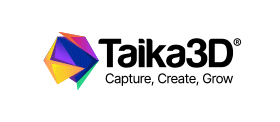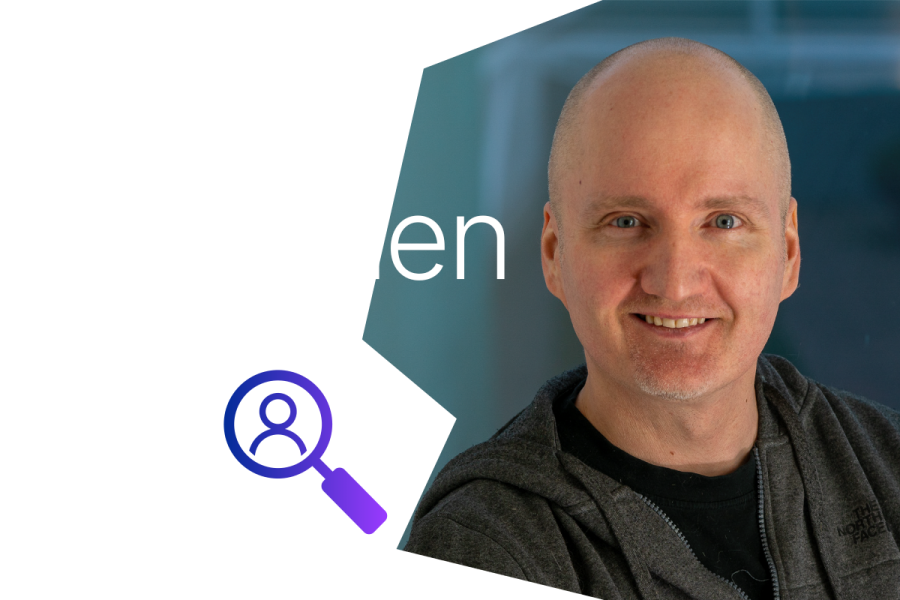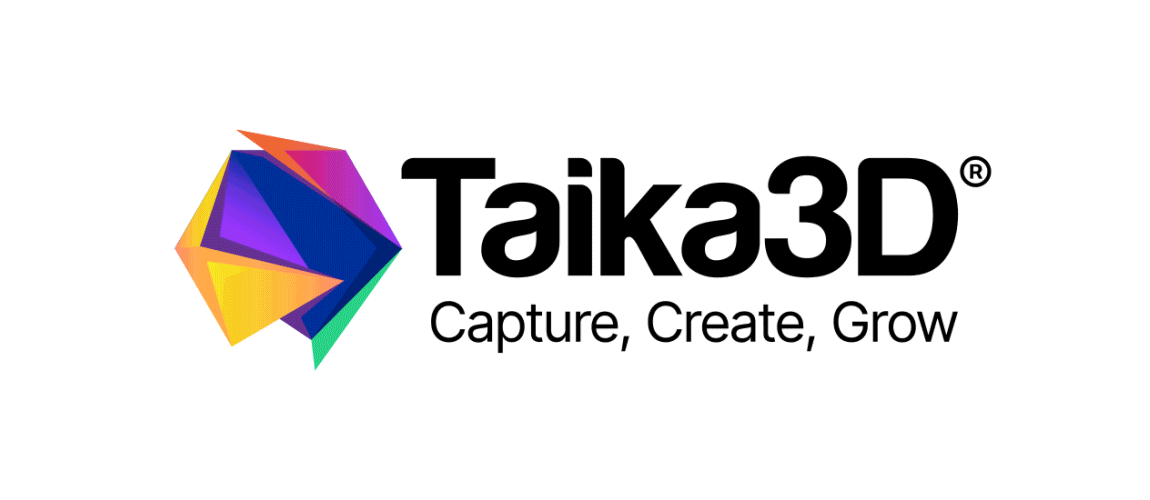In our series of showcasing our talented Taika 3D team members, we caught up with Timo Yletyinen, Co-founder and Head of Technology, about his route into the world of O&P and how technology is helping to meet the demands of clients and their patients.
Can you tell us a bit about your background before you met up with the team who became your cofounders at Taika?
I hold an M.Sc. (Tech) in circuit design and began my career with projects in analog and digital integrated circuits, including ASIC design, functional verification, and digital architecture, notably working on a graphics accelerator for mobile ICs.
In 2008, I founded Numcore, which developed a 3D imaging measurement device for industrial processes in ore refineries, overseeing PCB and FPGA design and project management. After exiting in 2011, I launched another company in 2012, focusing on automated 3D design solutions and software, where I served as CEO, CTO, and board member, meeting the founding members of Taika3D.
Driven by a passion for technical challenges, I transitioned from ASIC design to error-free digital circuit design. At 32, I co-founded a company that combined statistical inverse problem-solving with real-time electronics for industrial imaging. Since my first exit, I have been dedicated to 3D imaging and CAD software.
What key experiences early in your career influenced your approach to technology development and set the foundation for co-founding Taika3D?
Earlier in my career, I founded a company focused on harnessing 3D scanning and automated design through cloud computing for both consumer and business applications. Working with a diverse client base gave me valuable insights into tailoring solutions for different markets, which ultimately led me to the orthotics and prosthetics (O&P) sector. There, I saw an opportunity to create a fully integrated solution combining 3D scanning, automated design, shape recognition, and seamless data transfer. This approach was designed to enhance the entire service chain—from the clinic to manufacturing—ensuring a precise and efficient return of orthotic products to patients.
What sparked your interest in the O&P industry? What challenges did you encounter when making the move to healthcare?
From a technical perspective, integrating 3D scanning and 3D design presented an intriguing challenge. However, what truly sparked my interest was the opportunity to develop a revolutionary automated design system that leverages AI, 3D machine vision, and design automation, to design insoles quickly and accurately. This innovation not only streamlines the service-manufacturing-delivery process but also standardizes the quality of the final product. Unlike my previous roles, this work directly enhances the quality of life for individuals with foot disorders, further deepening my commitment to this field.
How do you ensure quality control and testing within the O&P space?
Quality starts with thorough preparation and planning. We provide a range of features for orthotic manufacturers to select and modify according to their specific needs. Taika3D ensures the quality of these functions before implementation, rigorously testing selected features and customer-specific modifications throughout the delivery process.
Testing occurs at multiple levels: unit testing is conducted by developers to focus on individual features, followed by component testing in a dedicated environment with both manual and automated methods. System-level tests are performed manually once a significant portion of the overall system is complete.
The Taika testing environment supports both manual and automatic modes. In manual mode, users select features, prompting the system to generate directed test cases based on these choices. In automatic mode, it produces an unlimited number of random tests, which can be tailored to focus on specific areas and functionalities of the generator component, ensuring a robust solution for our customers in the O&P industry.
Can you share an example of how client feedback contributes to improvements in our technology or processes?
Our clients have provided invaluable feedback on how the custom product can address the pain and movement difficulties experienced by individuals. This input has enabled us to expand the range of features in our design service, allowing for quicker and more effective accommodations for a wider variety of patients. Additionally, customer feedback has guided us in developing efficient manufacturing solutions for milling and 3D printing, ensuring the accuracy and durability of both milled and 3D-printed products.
What has been the most rewarding part of working with custom orthotics compared to more traditional tech-based products?
The most inspiring aspect has been witnessing the clear benefits of a seamless and rapid delivery workflow for a physical product. This process involves effectively addressing the challenges of shape recognition and automated design to create a unique solution for the design of custom insoles. Like everything I’ve worked with my whole career, every day at Taika3D brings me new technical challenges to solve, which drives my personal ambitions forward.












